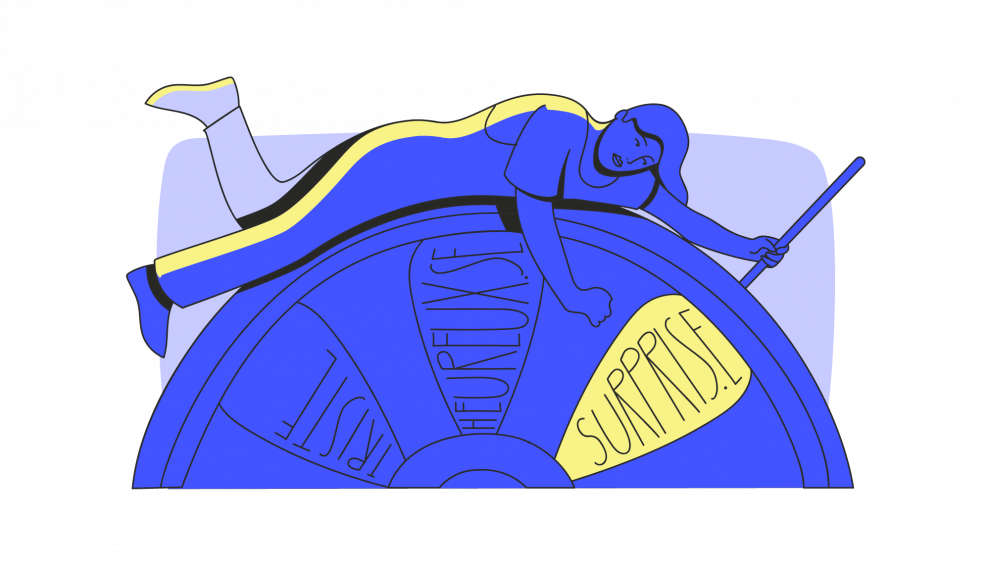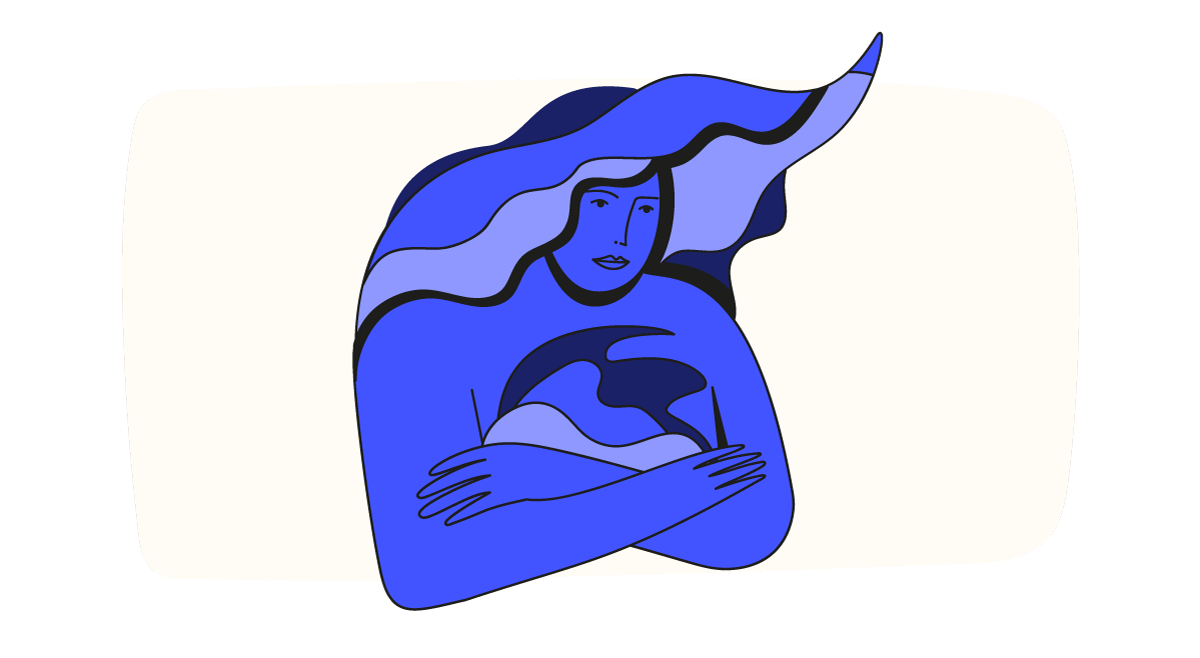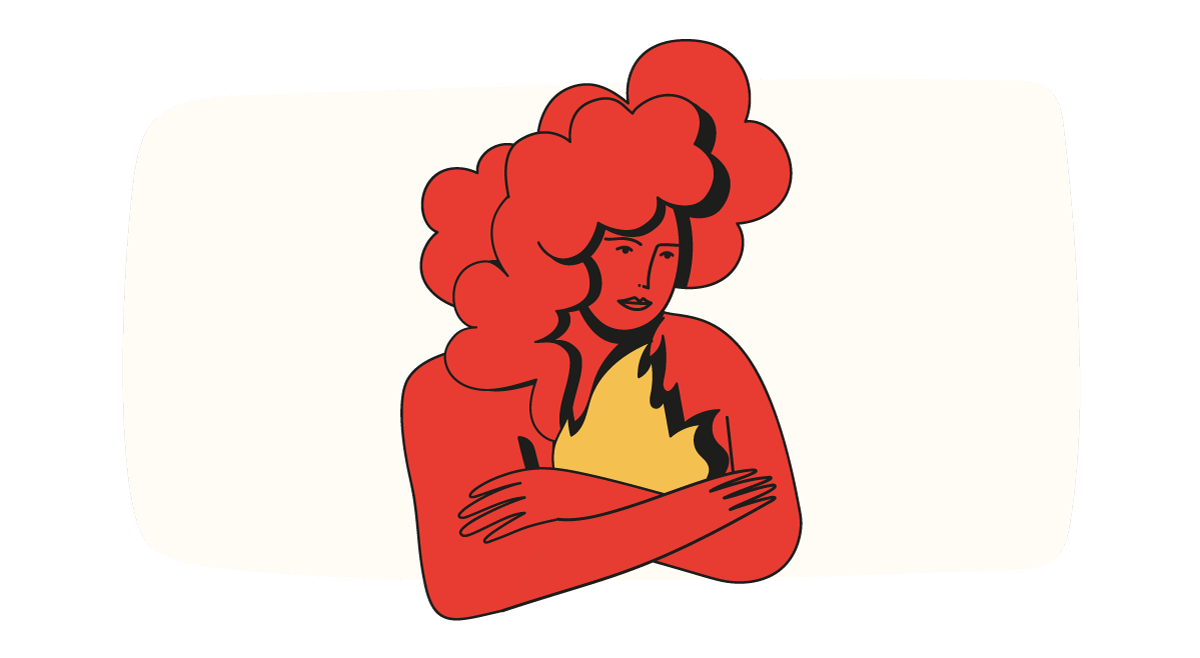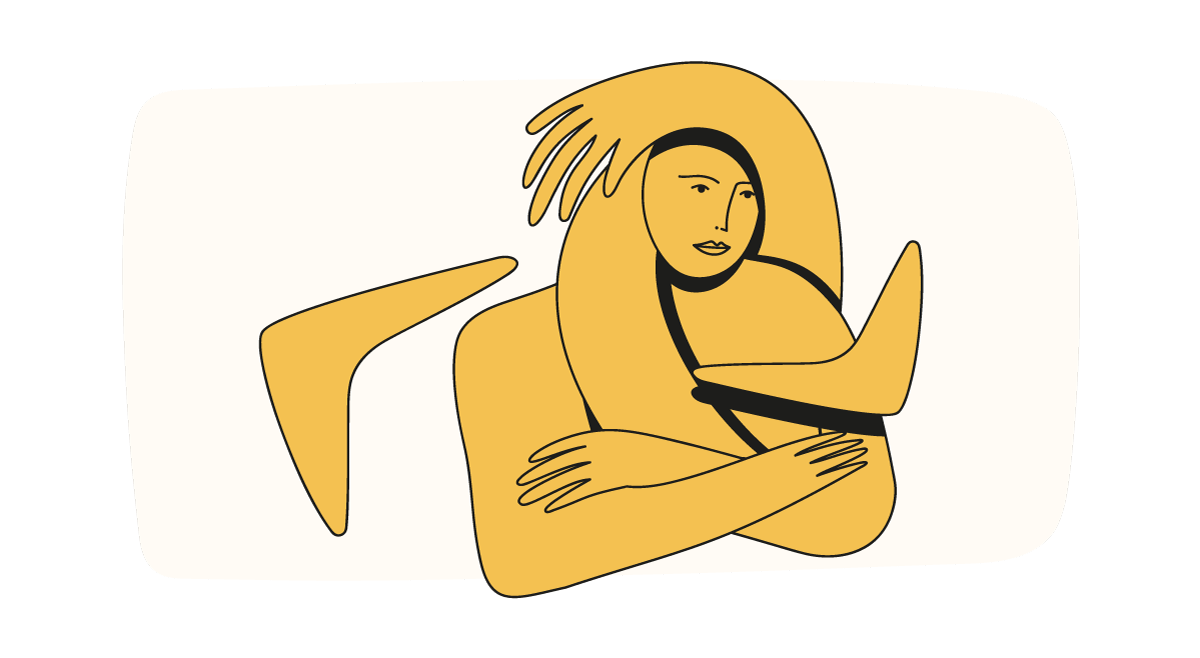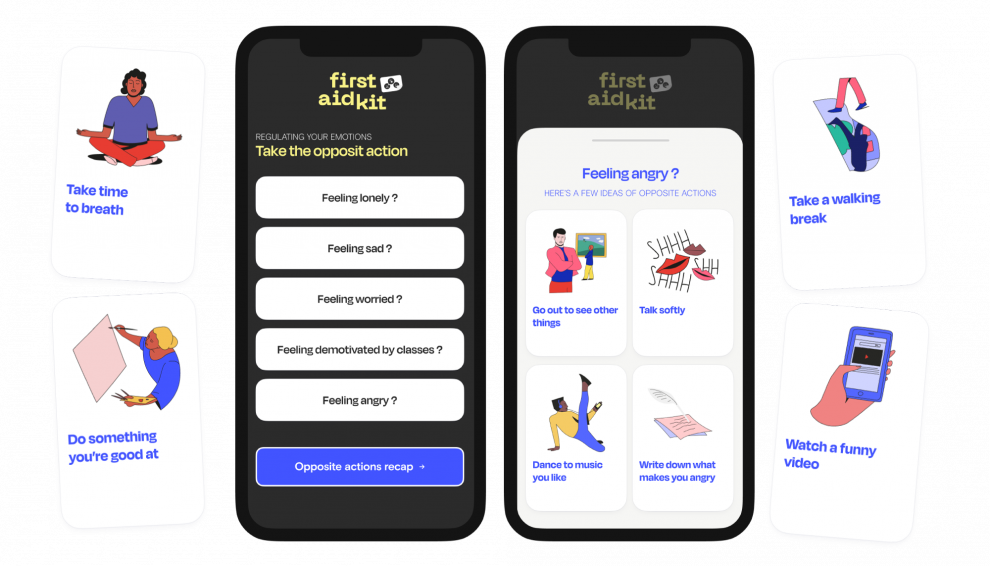How to regulate your emotions?
Each emotion is triggered by what is called a stimulus, which can be external (like something that happens in our environment, a situation you are experiencing) or internal (a thought that crosses your mind or a sensation in your body). Our emotion starts slowly, then rises, rises, reaches a plateau, lasts for a while, then decreases until it disappears.
Become aware of the emotion
Identify the emotion that runs through you. To do this, concentrate on the bodily sensations that it makes you feel and ask yourself the question "what emotion do I feel?
Let the emotion take its course
Like a surfer, let yourself be carried by the emotion, observe it and let it carry you to its end. Tell yourself that the emotion is only a part of you and that it will subside. Remind yourself that the emotion will not last. You can think of times when you have felt a little better after strong emotions to hold on to the idea that it will stop.
Accept and tolerate what you are feeling
Try not to judge yourself on the fact that you are feeling this emotion at this moment: we cannot judge an emotional experience, an emotion does not need to be justified. Accept this emotion that is part of you, as it is.
Let go of negative thoughts
It is possible that negative thoughts come to mind while you are in the reception of your emotion. You cannot control these thoughts, they are automatic and beyond your control. However, you can modify your relationship with your thoughts and try to accept them by taking a step back. A thought is only a thought, they are only words that your brain produces, it is not a reality.


